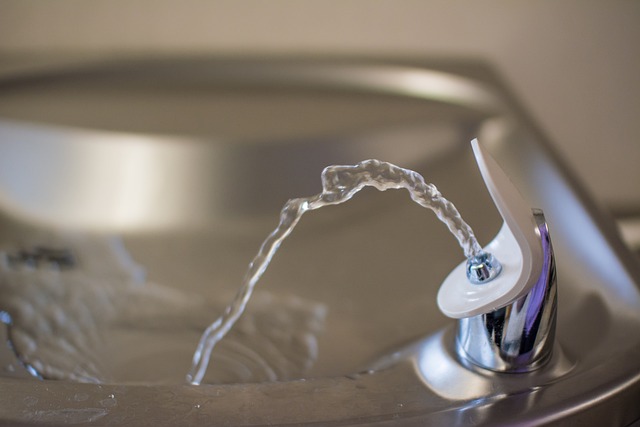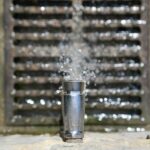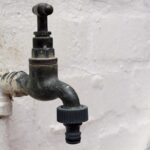
When faced with the unwelcome surprise of burst pipes, swift and informed action becomes paramount to effectively mitigating water damage. Dealing with the aftermath of burst pipes can be a daunting task, but with the right knowledge and a proactive approach, homeowners can navigate through the challenges. In this comprehensive guide, we will explore practical steps on how to handle water damage from burst pipes, offering simple yet detailed insights to help you safeguard your home and belongings.
The impact of burst pipes extends beyond the visible water damage, encompassing potential structural issues and the risk of mold growth. Early recognition of the signs and a prompt response are critical to minimizing the extent of the damage. In this guide, we delve into understanding the aftermath of burst pipes, immediate response measures to limit further harm, and long-term strategies for recovery and prevention. Whether you’re a seasoned homeowner or new to the responsibilities of household maintenance, our aim is to provide clear and accessible information to empower you in effectively managing water damage resulting from burst pipes.
See also our post on 15 Important Water Damage Restoration Tips
Understanding the Impact of Burst Pipes
1. Assessing the Damage
Understanding the extent of the damage is crucial. Identify affected areas, evaluate structural integrity, and prioritize actions based on severity.
2. Recognizing the Signs
Be vigilant for signs of burst pipes, such as water stains, wet spots, or unusual odors. Early detection allows for prompt intervention and minimizes damage.
3. Turning Off the Water Supply
Locate the main water shut-off valve and turn it off immediately to stop the flow of water. This crucial step prevents further flooding and limits potential damage.
4. Electrical Safety
In cases of water damage, ensure your safety by turning off the electricity supply to the affected areas. Water and electricity are a dangerous combination.
5. Evacuating Water
Begin removing standing water using buckets, mops, or wet vacuums. Swift action aids in preventing mold growth and reduces the risk of structural damage.
Immediate Response Measures
1. Drying and Ventilation
Focus on drying the affected areas promptly. Open windows, use fans, and employ dehumidifiers to reduce moisture levels and prevent mold growth.
2. Salvaging Belongings
Remove furniture, carpets, and personal belongings from the affected area. Salvage what you can and allow items to air-dry in a well-ventilated space.
3. Professional Assistance
Seek the expertise of water damage restoration professionals. Their experience ensures a thorough assessment and effective mitigation strategies.
4. Documenting the Damage
Take photographs and document the extent of the damage for insurance purposes. This documentation will aid in the claims process.
5. Communicating with Insurance
Contact your insurance provider promptly to report the incident. Provide clear and detailed information about the damage and follow their guidance on the next steps.
See also our post on Water Damage Restoration Guide: How to Restore Property After a Disaster
Long-Term Recovery and Prevention
1. Repairs and Restoration
Once the immediate damage is addressed, focus on repairing and restoring the affected areas. Replace damaged materials and ensure thorough drying to prevent mold growth.
2. Plumbing Inspection
Hire a licensed plumber to inspect and repair the burst pipes. Addressing the root cause is crucial to prevent future incidents.
3. Insulation and Weatherproofing
Insulate pipes to protect them from freezing, a common cause of bursts. Additionally, weatherproof your home to shield it from extreme temperatures.
4. Monitoring for Mold
Keep a vigilant eye for signs of mold growth, especially in hidden or hard-to-reach areas. Swiftly address any mold issues to maintain a healthy living environment.
5. Emergency Preparedness
Develop an emergency plan for future incidents. Ensure everyone in the household knows the location of shut-off valves and understands the necessary steps to take in case of a burst pipe.
Conclusion
You can handle this difficult situation with confidence if you know what to do in the event of a burst pipe and have a proactive approach to water damage. Remember, a proactive approach to water damage can save you time, money, and the stress associated with unplanned plumbing disasters. Managing water damage from burst pipes requires a combination of swift action, thorough response, and long-term preventive measures.






